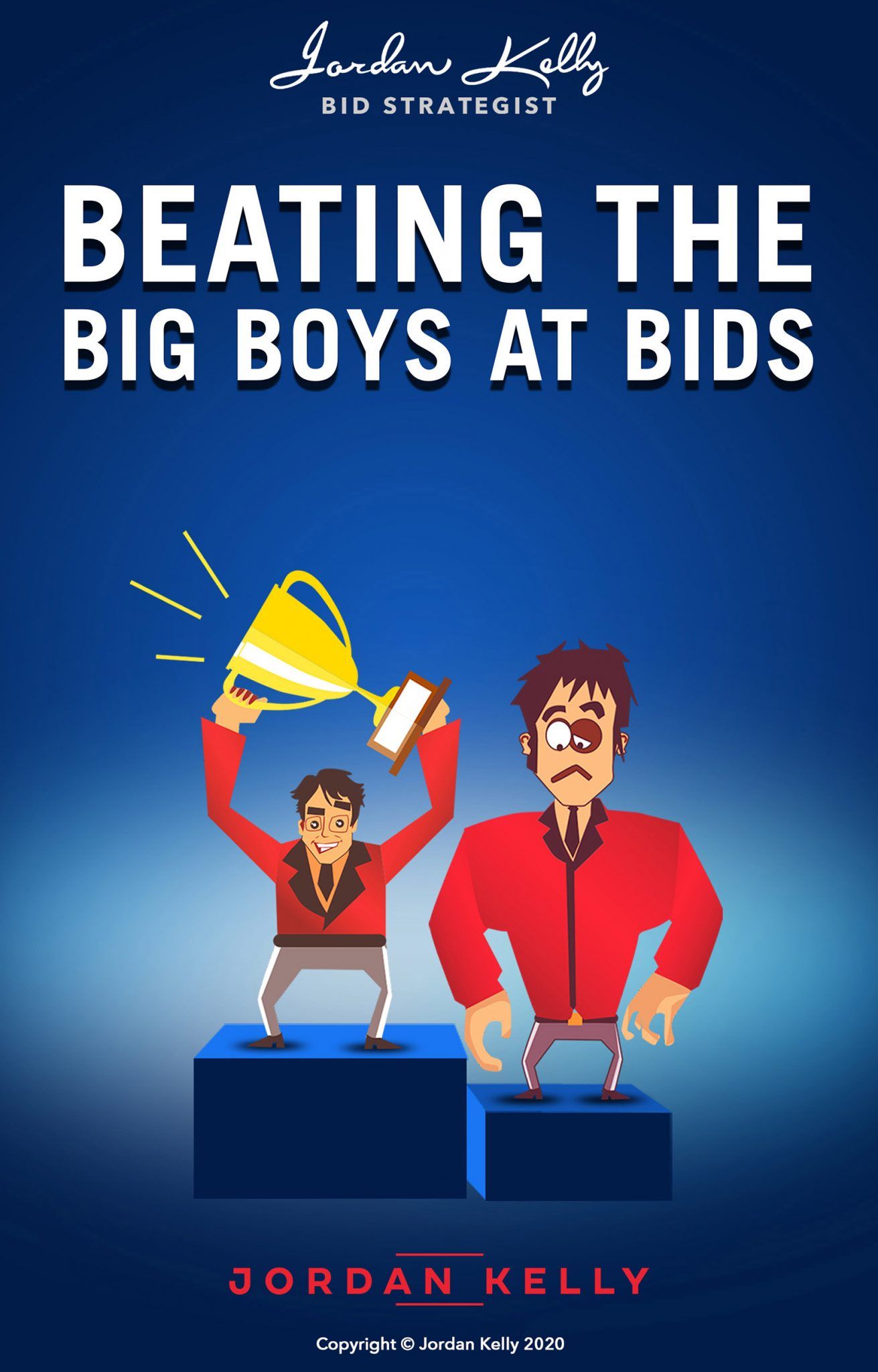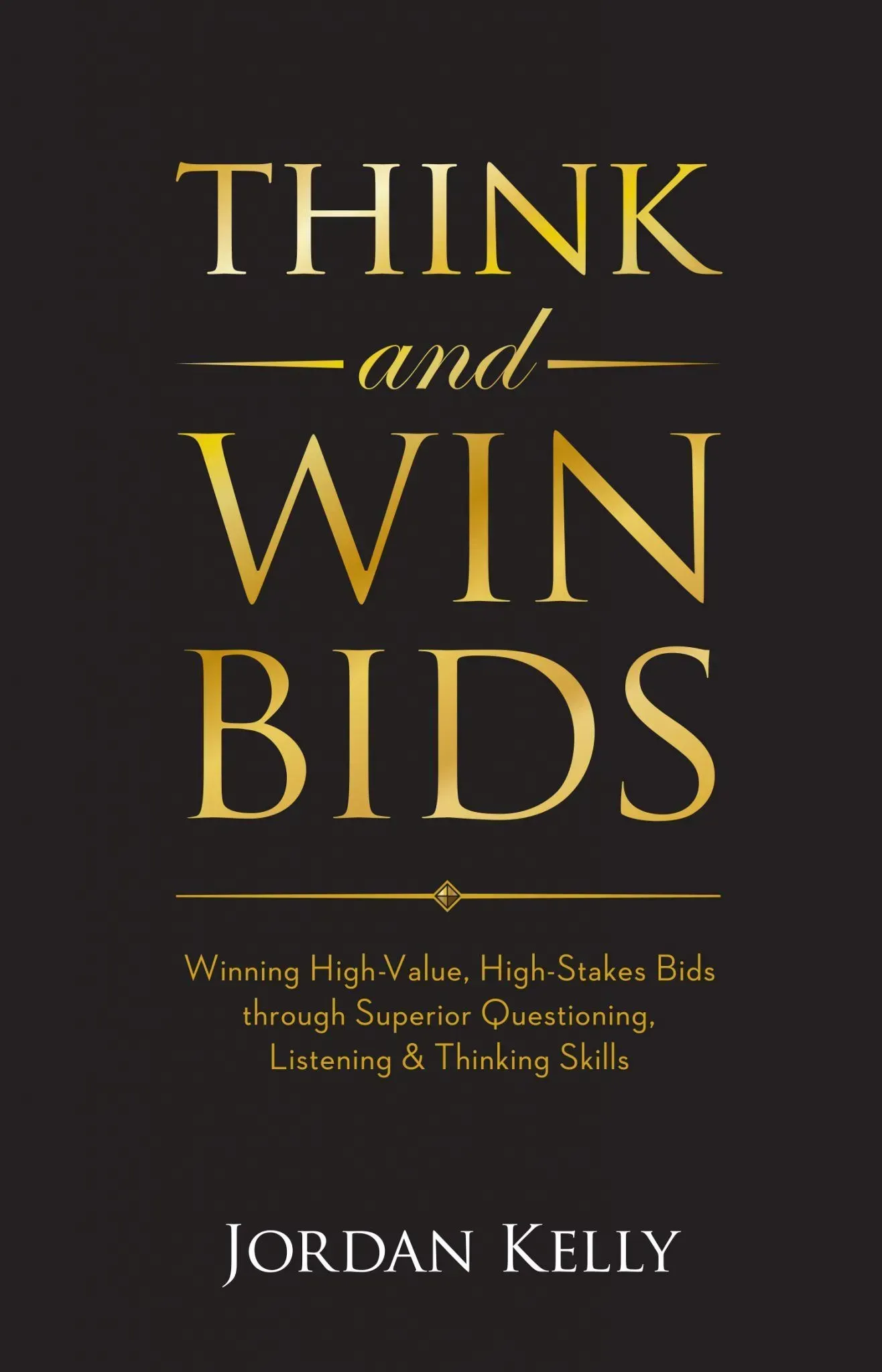CATEGORIES:

It’s commonly assumed by bid teams that emotion has no place in formal Expressions of Interest (EOIs) or Requests for Proposal (RFPs) . . . and that these should be strictly hard core, fact-and-logic based documents.
But this is an assumption – and a debate that needs to be had within the context of the overall pursuit process.
My own observations – over a decade and a half of formulating bid strategy – are that, in the early stages of a procurement process (i.e. years or months before a major capital investment) client-side thinking is predominantly qualitative (versus quantitative), subjective (versus objective), and even emotions-based.
This is the phase during which marketplace and opinion leader influences, along with personal preferences, are shaping the views of those leading a major procurement investment.
This is the "emotions" phase.
This is also the phase during which client-facing business development (BD) operatives / pursuit leaders should be employing their best listening skills: listening for biases towards you or a particular competitor (at either the reputational/organisational or the product/service level), listening for objections, and listening for variance in the ranks of the procurement influencers.
Fast forward to the production of the formal submission:
Assuming your BDs and pursuit leader – as well as any supporting departments within your organisation – have done their level best to steer the prospective client in your direction, there will be a certain mix of emotions with which the client team has arrived at the point of sitting down to formulate its market call documentation.
You need to know precisely what that emotional mix is – or at least the predominant emotion within that mix.
For example, is it your BDs’ best estimation, from their meetings as well as their secondary research, that this prospective client wants as close to total risk-mitigation as it can get?
You’ll have heard the old maxim, “No-one ever got fired for buying IBM.” (If you haven’t, this basically meant that no IT manager ever lost his or her job for making a poor purchase decision, as long as it was an IBM product. This maxim has since been applied to other industries i.e. as long as you choose the biggest, most-established brand name, you’ll have less explaining to do for any risky supplier or service provider selections, or if things go totally pear-shaped.)
What’s the Underlying Fear or Desired Reward?
If this is the case in any procurement process in which you’re a bidder, the underlying emotion is clearly risk-aversion.
Thus, the emotional need is for security – for bullet-proof certainty that the wheels won’t come off during delivery of your project, or that your product won’t fail or be unsuitable for its intended purpose.
This, then, is the emotion that you must address in your bid strategy, and in your written submission.
And, to the bid writers: There will be words that scratch that emotion, and that are perfectly appropriate to use in a formal EOI / RFP response. (An aside, you need to fire bullets from both guns in your copy i.e. emotion and logic. To whatever degree you’re unclear about which gun’s trigger gets pulled first and which second, in any given section of the submission err on the side of eliciting a visceral reaction in the evaluators, and then following through with logic to consolidate their conviction.)
That said, with regard to any emotion-inducing terminology, this should still, of course, be within the realms of acceptable business writing. It also shouldn’t be peppered through your copy erratically and outside of genuine strategy/question-response contextual usage.
And Now, To Logic
So we acknowledge that emotion will have played a role in the decision as to which service providers or product suppliers were invited to tender for a large procurement; that the initial stages of a major purchasing decision are, at the least, influenced (if not driven) by emotion and subjective influences.
Now let’s move to the role of logic – and precisely when to push that button. And that is (outside of the emotion/logic balance demonstrated in the written submission) the shortlistee selection, due diligence, and post-purchase justification phases.
These are primarily driven by logic. (Your prospective client would, of course, claim that these phases – if not the entire procurement cycle – are driven 100 percent by logic. But you know better.)
To recap then, your strategy and your submission needs to press both buttons. And, within the context of any given question/section of the client’s documentation, you will likely want to do it in the order of emotion backed up by logic.
Again, emotion, to stir things up – and logic to reassure the evaluators they’re leaning in the correct direction and to thus move things over the finish line.
But, if there’s any doubt in your mind re the nature of the emotion, or striking the appropriate emotion/logic balance, err on the side of rolling out the logic and hitting that hard. Because, at the most decisive moment in the whole process – the moment when the evaluator’s hand moves towards the boxes where he or she enters your section/criteria scores – he or she knows it’s rational, logic-based facts, figures and other hard data that he or she will be required to put forward to justify to any other parties, the scores you’re about to be awarded.
In short: Identify the driving emotions behind the procurement and use this insight, both in your bid strategy and in your end-submission, to hook the evaluation team at a “gut” level. Then provide all the logic, rationale, facts and stats to demonstrate how that emotion will be satisfied or put to rest through selection of your proposition over and above any competitor’s.
THINK AND WIN BIDS
Winning High-Value, High-Stakes Bids through Superior Questioning, Listening & Thinking Skills
(Book)
The three fundamental skills of a genuinely sharp, sustainably successful bid professional are the ability to think, listen and ask quality questions.
Furthermore, formulating successful business development and bid strategies is the process of well-directed research and thinking; not the product of tools and templates.

BEATING THE BIG BOYS AT BIDS
(Training Program)
I developed this five-module training program to equip mid and lower-tier industry participants with the insights to spot the chinks in their larger, corporate competitors' armour - and to take maximum, strategic advantage of each of them.



